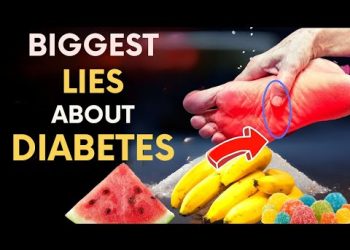Welcome to Your Weight Loss Journey
If you find yourself searching for ways to lose weight without drastically cutting calories or starving yourself, you’ve come to the right place. This guide offers practical insights into managing your nutritional intake, not just for hunger, but also for emotional eating.
The Emotional Side of Eating
It’s essential to recognize that people often eat due to emotions like stress, anxiety, or boredom rather than true hunger. Addressing these habits is crucial. Developing new hobbies or adopting healthier practices can help manage these emotions, making it easier to resist the urge to eat unnecessarily.
Understanding Macronutrients
While the previous video detailed the ideal intake of protein, fats, and carbs for weight maintenance, this guide shifts to weight loss strategies. Although macronutrient management can suppress hunger, it does not address emotional needs; hence, creating new, healthy habits is vital.
Rethinking Calories
Despite the controversies surrounding “calories,” they remain a common metric to discuss food consumption. Focusing on nutrient-rich foods rather than processed ones can significantly aid in weight management. Switching from processed calorie sources to whole foods can promote weight loss, even if the calorie intake remains similar.
The Low-Carb Approach
Many people experience initial weight loss when adopting a low-carb diet due to reduced water retention. True fat loss may occur because proteins and fats make people feel fuller, leading them not to overeat without tracking calories strictly. This phase often leads to a weight loss plateau.
The Metabolism Boosting Phase
Phase one introduces a metabolism boost by gradually increasing calorie intake. The idea is to enhance organ function and hormone balance, which in turn increases energy levels and overall metabolic rate. It involves slowly increasing calorie intake over time until reaching a balanced maintenance level.
Practical Application
When boosting metabolism, one must increase their calorie intake slowly. For instance, adding a mere 50 calories per day can eventually lead to improved metabolism without gaining weight. This practice prepares the body for effective weight loss upon initiating phase two.
Implementing Phase Two
Once the desired metabolic rate is reached, the next step is to cut calories by 15-20% to trigger weight loss. For instance, reducing maintenance calories from 2500 to 2125 per day can shed pounds within 30-60 days. Following this phase, returning to phase one prevents the body from plateauing.
Cycle of Calorie Adjustment
To maintain a steady weight loss, repeat the cycle of calorie reduction followed by a gradual increase. This method avoids severe metabolic adaptations where the body compensates for low calorie intake by lowering basal metabolic rate, thus preventing a plateau.
Conclusion and Next Steps
Adopting these phases not only enhances weight loss but also supports overall well-being, including energy levels and metabolism. Remember, patience is key. This method ensures sustainable weight loss while supporting your body’s health and metabolism. For further guidance, consider booking a coaching session to help tailor these strategies to your personal needs.











